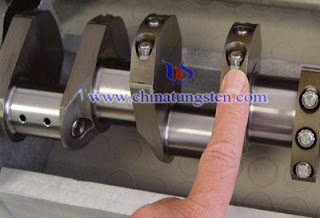Tungsten alloy provides high performance solutions to customers in the aviation industry. Refractory metals like tungsten alloys have been the choice material for machined and fabricated products in critical aerospace applications.
Our machineable highdensity tungsten alloys, with a density over 60% higher than lead, help
stabilize helicopter rotor blades and the control surfaces of ailerons, elevators.



